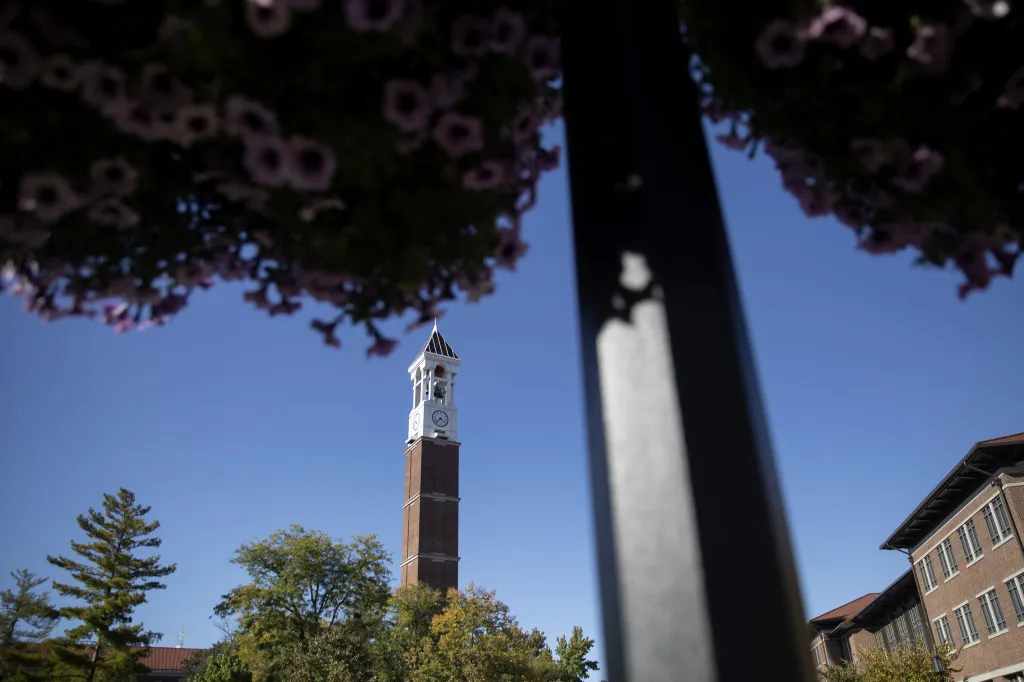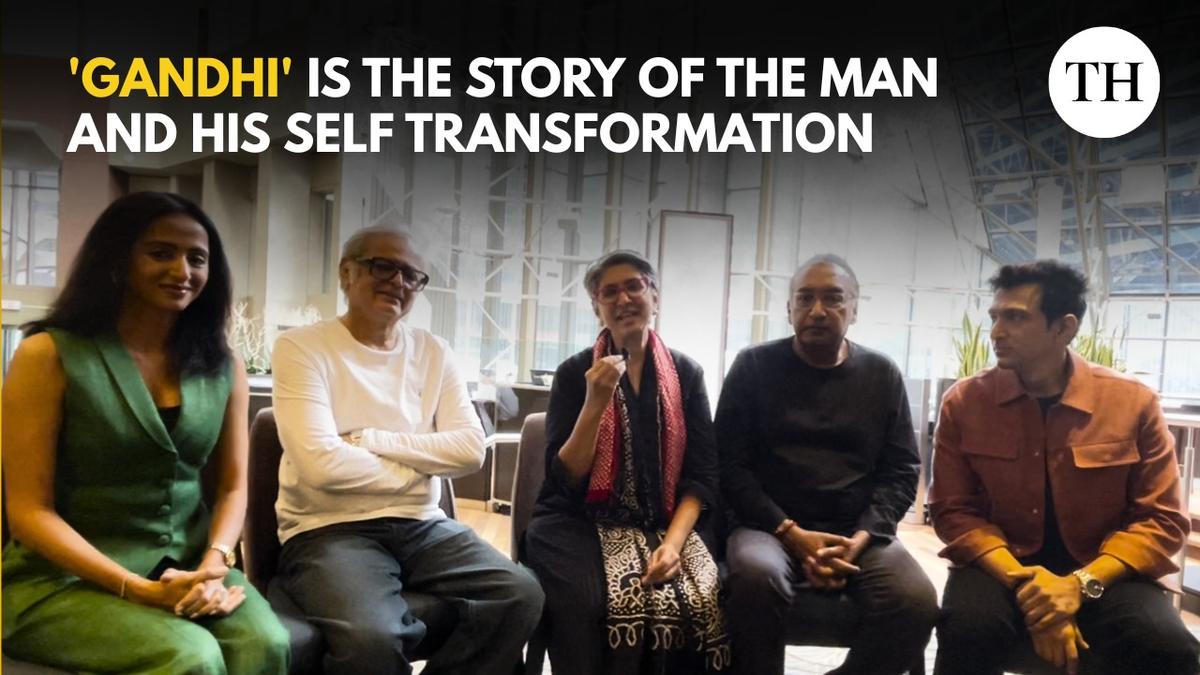
Every spring, hundreds of thousands of families across America face the same question: what is the true value of a college education? The numbers, at first glance, are staggering. At Purdue University, four years of in-state tuition plus room and board costs about $100,000. At Harvard University, the sticker price runs close to $400,000. To many families, that gap seems unbridgeable. But as with so much in American higher education, the sticker price conceals more than it reveals.
From sticker shock to subsidy
Elite private universities — Harvard, Stanford, Yale, the University of Chicago — are quick to point out that few students actually pay full price. Harvard’s financial aid program makes college effectively free for families earning less than $80,000 a year. Families earning up to $200,000 pay no more than 10% of household income. As the admissions office likes to advertise, “For 90% of American families, Harvard costs the same or less than a state school.”
Public universities tell a different story. Purdue famously froze tuition at 2012 levels, a policy spearheaded by then-University President Mitch Daniels. At less than $10,000 per year in tuition, Purdue became a poster child for affordability. The University of Michigan, another flagship, charges more — closer to $17,000 for in-state tuition — but still offers a fraction of Harvard’s sticker shock. At Purdue and Michigan, room and board fees can increase student costs annually to at least $25,000 and $33,000, respectively.
The Massachusetts Institute of Technology, though private, falls somewhere in between. Tuition hovers above $60,000 per year, but the school’s emphasis on science and engineering gives it a unique pitch: you’re not just buying classes, you’re buying a launching pad into the technology economy.
What do you get for the money?
One might assume that students who pay — or appear to pay — 10 times as much will reap 10 times the reward. The truth is more nuanced. Studies show that over a 40-year career, graduates from places like Michigan or Purdue earn nearly the same median income as graduates of the Ivy League. The paths diverge, but the financial outcomes often converge.
Harvard students disproportionately move into academia, law, medicine, and public service. More than half pursue graduate or professional degrees. Roughly one-fifth take lower-paying jobs at nonprofits, think tanks, or foundations. They may not earn the most, but they often carry the most social capital.
Purdue and Michigan tell a different story. Their graduates go into engineering, business, and applied sciences. They build bridges, design software, run manufacturing plants, and lead consulting firms. MIT students, likewise, become builders of technology, entrepreneurs, and researchers at the cutting edge of artificial intelligence and biotech.
The University of Chicago sits in its own category. With a reputation for rigor in economics, political science, and the humanities, its alumni often populate Wall Street, law firms, and Washington think tanks. If MIT builds the machines of the future, Chicago produces the theories by which those machines are governed.
The power of networks
What makes Harvard, Stanford, or Chicago feel “worth it” is less about coursework and more about networks. Who you sit next to in the dining hall or share a dorm with can shape the next 40 years of your life. These connections become pipelines into power — whether it’s Washington, Silicon Valley, or global finance.
Stanford, in particular, thrives on this reputation. It markets itself not simply as a school, but as the nerve center of Silicon Valley. “The education is excellent,” one admissions officer quipped recently, “but the network is priceless.”
Harvard says the same without needing to say it; its brand alone guarantees access.
Public universities have their own dividends, though subtler. Purdue’s affordability allows graduates to launch careers with little or no debt, making it easier to buy a home, start a business, or save for retirement. Michigan’s alumni network spans the globe, aided by its sheer size. MIT’s motto — mens et manus, “mind and hand” — signals a culture where theory and practice are equally valued.
History lessons
The current debate about affordability is not new. In the 1980s, private tuition at elite schools crossed the $10,000 mark for the first time, prompting headlines about whether higher education was becoming a luxury good. Today, the numbers are four times higher in real terms. Student debt now totals over $1.6 trillion nationwide. The politics of debt relief, loan forgiveness, and public subsidies are as contentious as ever.
What has changed is the gap between public and private institutions. Forty years ago, the difference between an elite private and a state flagship was perhaps two-to-one. Today, on paper at least, it’s closer to ten-to-one. Financial aid narrows the real gap, but the perception of exclusivity only grows sharper.
Beyond dollars and cents
If lifetime earnings often converge, why pay more? For some families, the answer lies in prestige. Harvard is not just a school; it is a signal. MIT is not just coursework; it is a passport into the future economy. Stanford is not just a campus; it is an introduction to Silicon Valley. The University of Chicago is not just a degree; it is an intellectual badge of honor.
For other families, the choice is pragmatic. Purdue, Michigan, and similar schools offer solid educations at a fraction of the cost, with outcomes that stand shoulder to shoulder with their more famous peers.
And for still others, the choice is cultural. Small, lesser-known colleges may not carry the same brand, but they offer social life, community, and an environment where students can grow without the intensity of constant competition. College, after all, is not only about the classroom.
The futures we buy
The American higher education system reflects the country’s contradictions. It is simultaneously the most expensive in the world and the most diverse. It produces Nobel laureates and Fortune 500 CEOs, but also mountains of debt and millions of students who never finish their degrees.
Families making the decision today must weigh more than tuition. They must ask: what kind of future are we buying? Is it the prestige of Harvard, the innovation of MIT, the breadth of Michigan, the intellectualism of Chicago, or the practicality of Purdue?
The dollars matter, but the networks, identities, and values matter just as much. College is not just a ticket to a job. It is a ticket to a particular kind of life.



